Comprehensive Report on the Theory and Practice of the Helping Process
VerifiedAdded on 2020/03/16
|8
|1982
|37
Report
AI Summary
This report provides a detailed analysis of the helping process, a crucial framework in psychology and counselling. It begins by emphasizing the importance of seeking help and the benefits of professional guidance. The report outlines the key stages of the helping process, including preparation, relationship building, assessment, goal setting, interventions, and termination. It highlights the significance of creating a supportive environment, building a strong client-helper relationship, and employing effective communication skills, such as active listening and empathy. Furthermore, the report identifies and explains various communication barriers that can hinder the helping process, such as the use of jargon, language barriers, emotional barriers, physical disabilities, and noise. It underscores the importance of addressing these barriers to ensure effective communication and a successful outcome. The report concludes by reiterating the value of the helping process in providing support, relieving stress, and facilitating personal growth, while also emphasizing the need for realistic goal setting and follow-up to assess progress and ensure lasting positive change. The report also references various sources to support the information provided.
1 out of 8
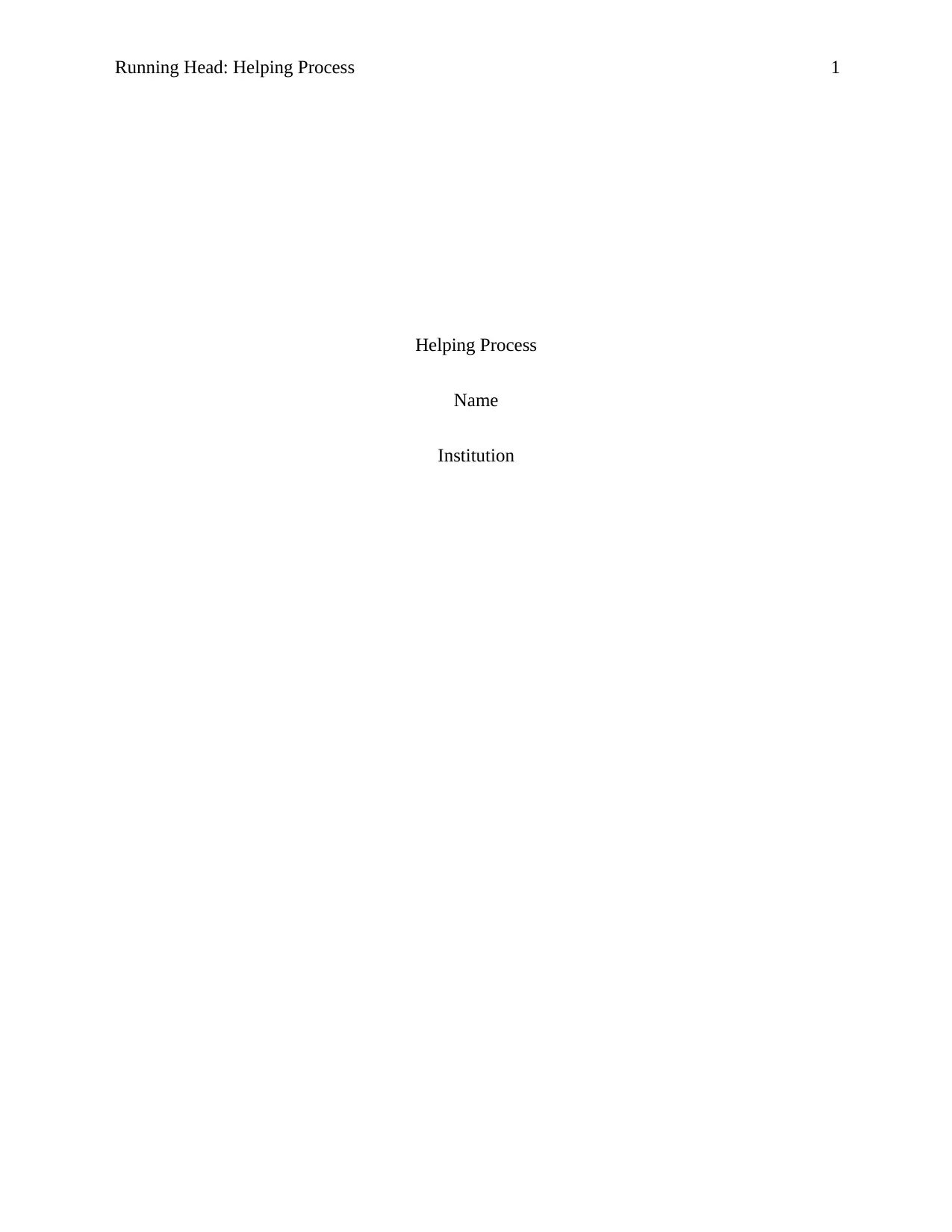
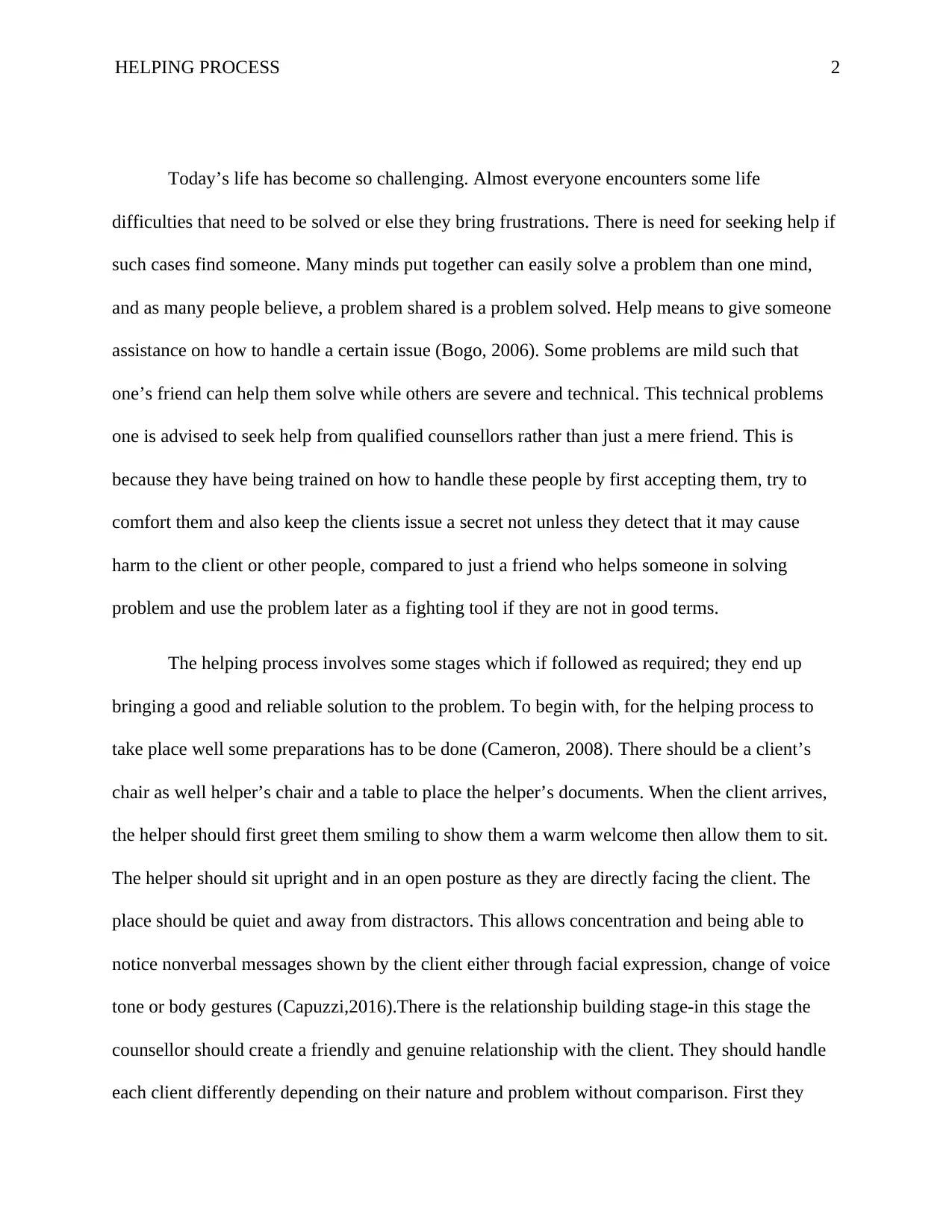
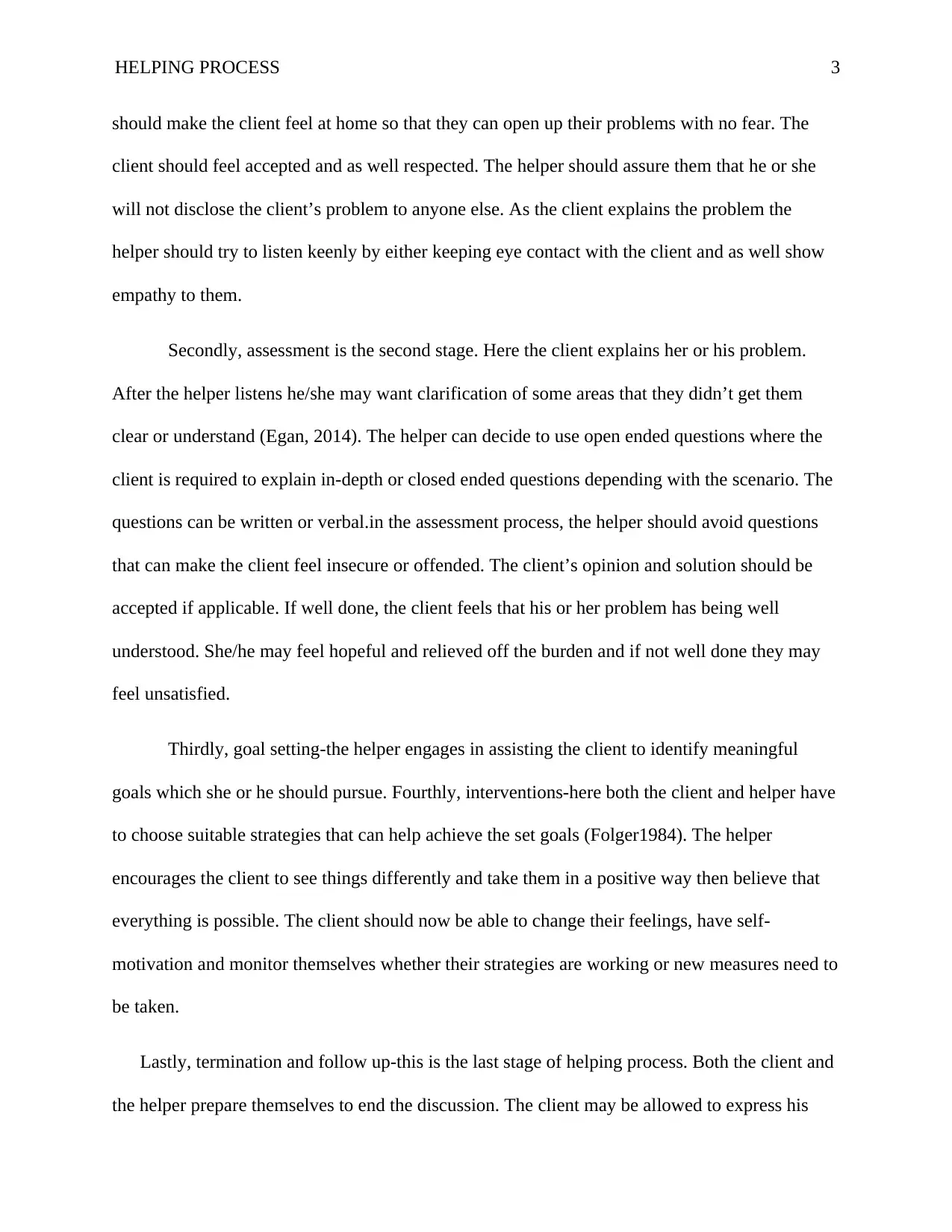
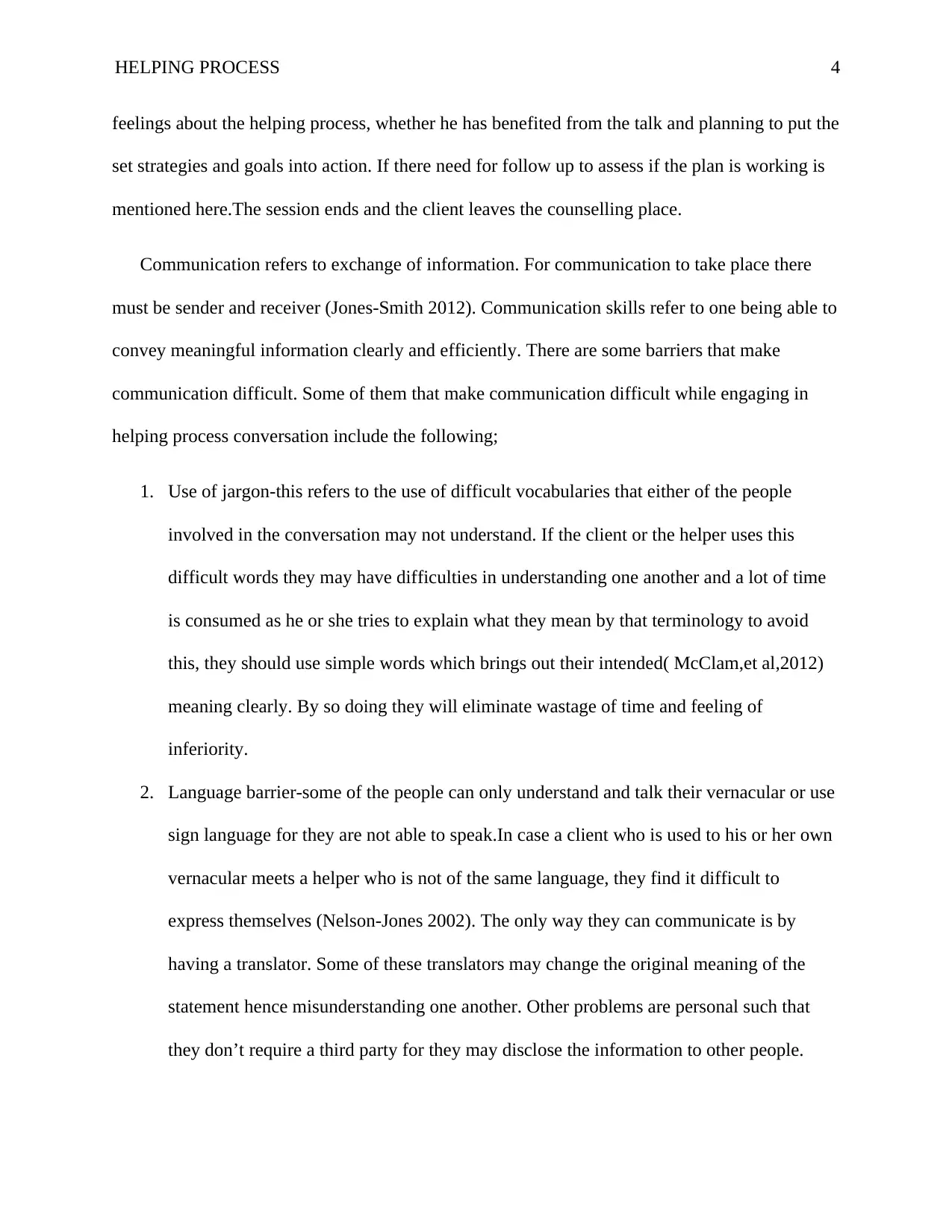
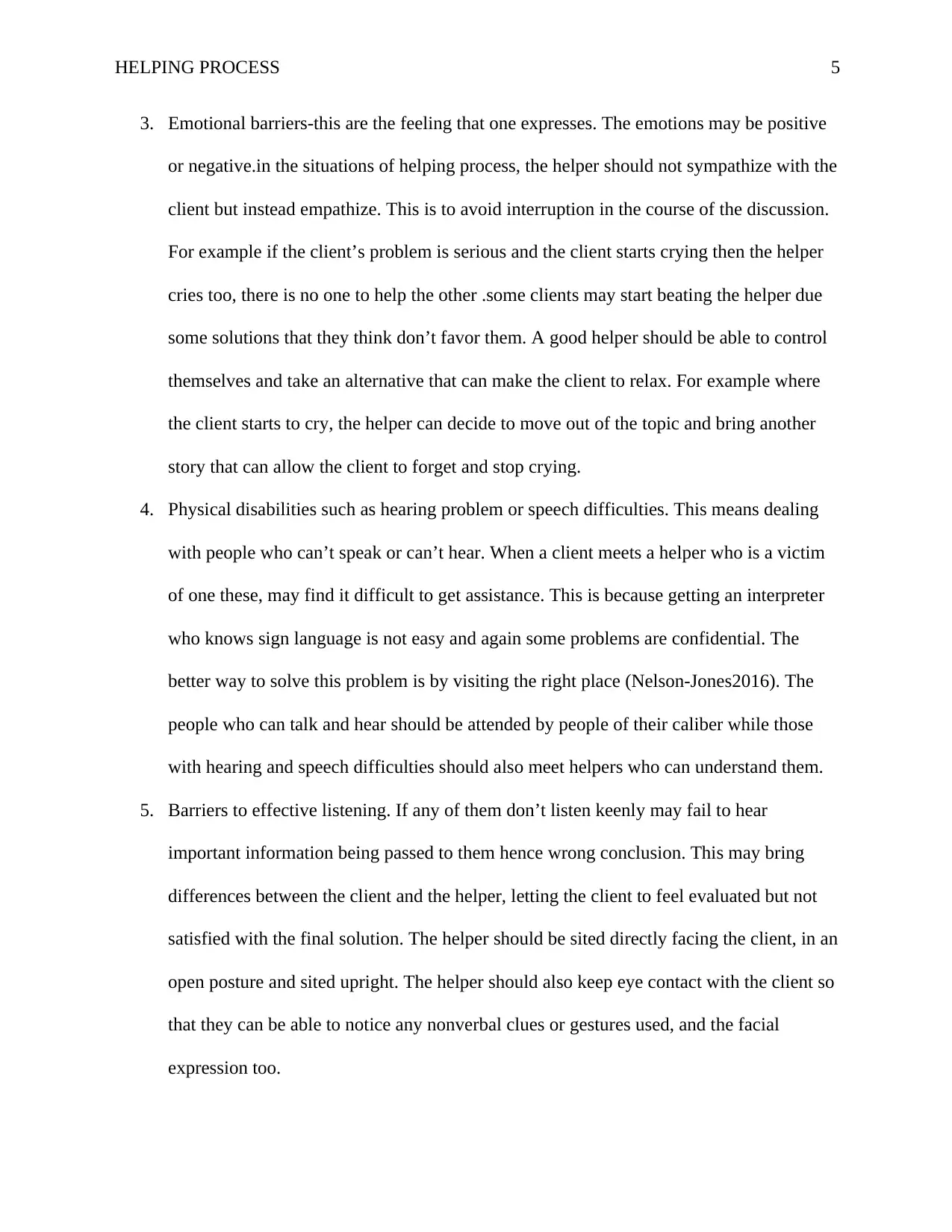
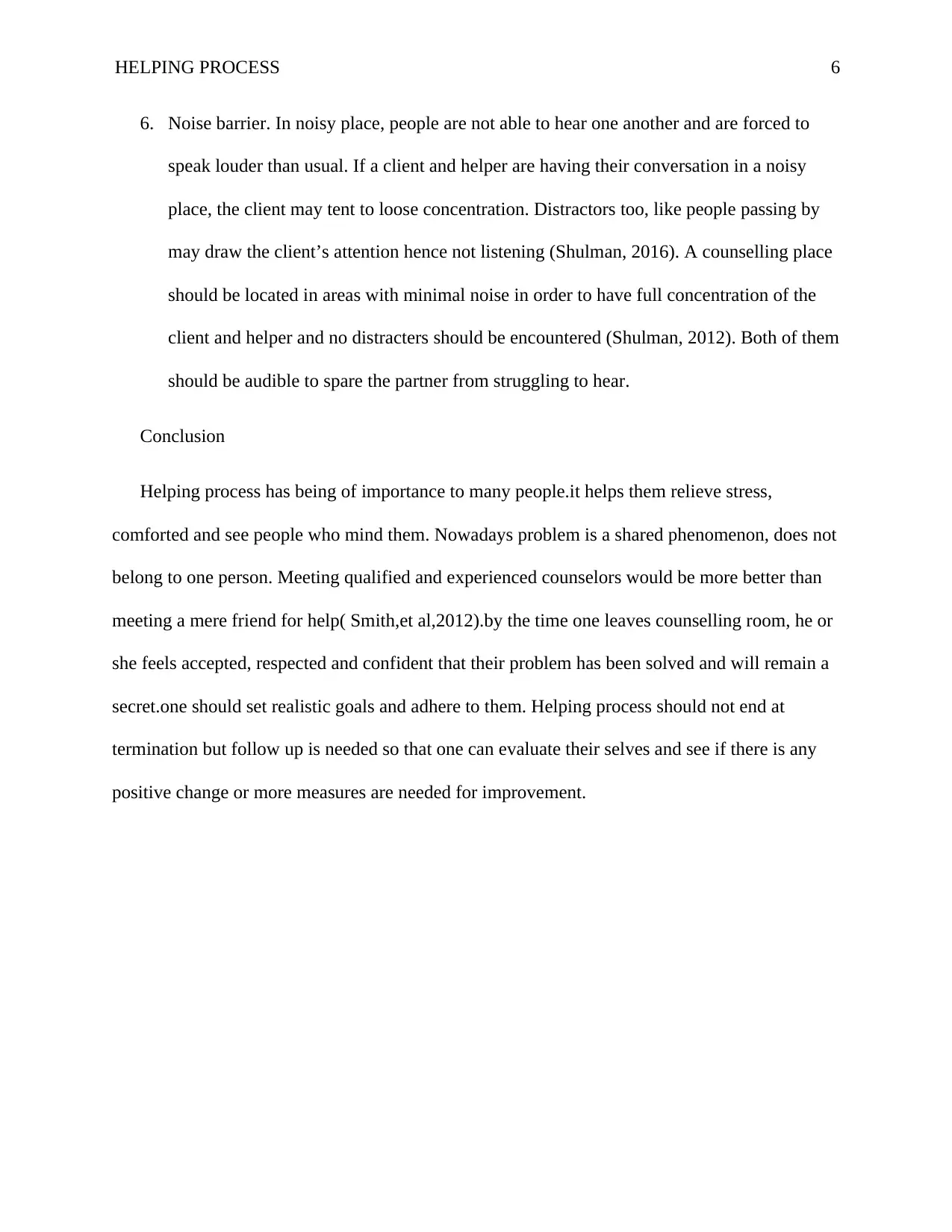
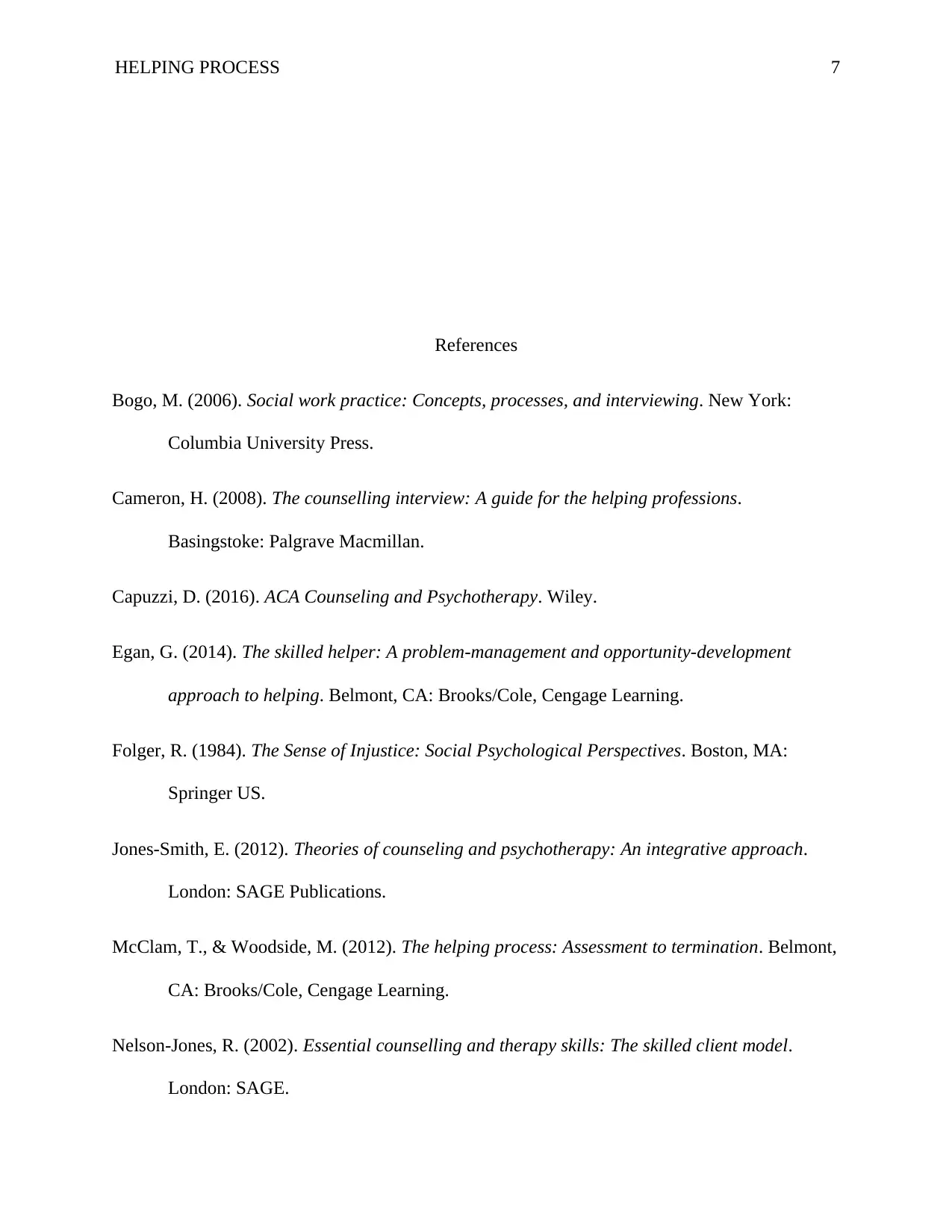
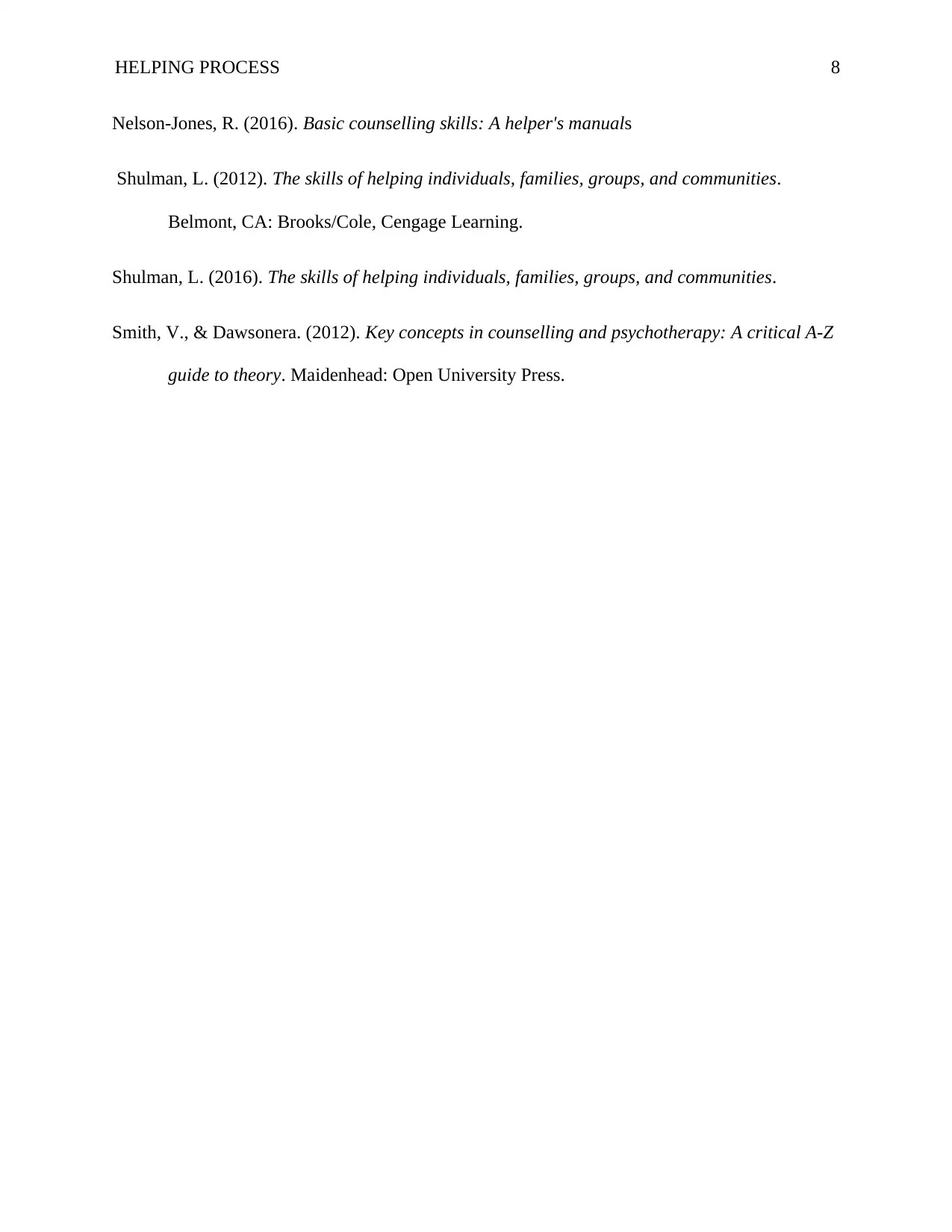






![[object Object]](/_next/static/media/star-bottom.7253800d.svg)